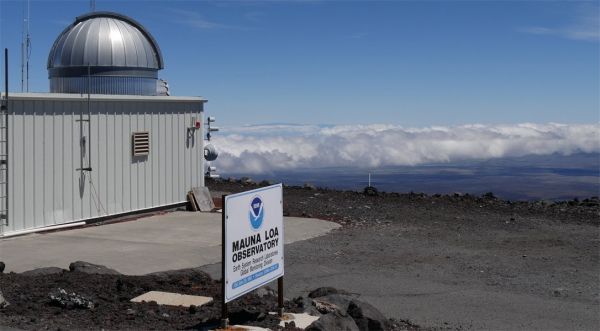Atmospheric carbon dioxide measured at Mauna Loa Observatory reached a seasonal peak of 417.1 parts per million for 2020 in May, the highest monthly reading ever recorded, scientists from NOAA and Scripps Institution of Oceanography at the University of California San Diego announced today.
This year’s peak value was 2.4 parts per million (ppm) higher than the 2019 peak of 414.7 ppm recorded in May 2019. NOAA scientists reported a May average of 417.1 ppm. Scripps scientists reported an May average of 417.2 ppm. Monthly carbon dioxide (CO2) values at Mauna Loa first breached the 400 ppm threshold in 2014, and are now at levels not experienced by the atmosphere in several million years.
“Progress in emissions reductions is not visible in the CO2 record,” said Pieter Tans, senior scientist with NOAA’s Global Monitoring Laboratory. ”We continue to commit our planet - for centuries or longer - to more global heating, sea level rise, and extreme weather events every year.” If humans were to suddenly stop emitting CO2, it would take thousands of years for our CO2 emissions so far to be absorbed into the deep ocean and atmospheric CO2 to return to pre-industrial levels.
Continue reading at NOAA Research
Image via NOAA Research


